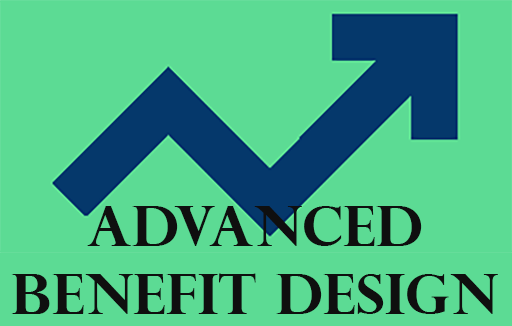Power Naps
It’s 3:00 pm on a Wednesday and you’re running out of steam.
You didn’t get much sleep last night and keeping your eyes open feels impossible. The energy drinks and coffees and caffeine pills gave you a quick boost in the morning, but your yawns are getting deeper and that stack of papers is starting to look like a comfy pillow. What can you do?
It turns out that a quick power nap might be the solution to your midday energy slump. But there’s an art and a science to productive sleep. Here’s a quick guide to power naps!
The science of sleep
Sleep is surprisingly complicated. Even though we all need it to function and survive, scientists haven’t been able to figure out exactly why our bodies and brains have to shut down for about 8 hours every night. Theories exist (you can read those here), but there’s no definitive answer. For the purpose of power naps, what’s important is understanding what happens while you sleep.
Your body goes through 4 different stages while it sleeps. The first three are essentially your body’s transitioning from a light sleep (stage 1) to a deep sleep (stage 3). These are followed by the Rapid Eye Movement (REM) stage. This is when your brain processes information and when most people experience dreams. You then start the cycle over at stage one and repeat. A full four stage cycle happens over about 90 minutes, and it occurs multiple times when you get the recommended 8 hours of sleep.
The art of power naps
The key to nap powerfully is to control when you wake up in the sleep cycle. The goal is to wake up during the lightest stage of sleep. That normally occurs within 20 to 30 minutes after drifting off. Anything more than that will have you waking up in the middle of a deep stage of sleep. Ever emerge from a nap feeling like you’re on a different planet? Then you know how awful waking up too far into a sleep cycle can feel!
The benefit of power naps
A quick nap that doesn’t go through all the sleep cycles can have big benefits. It can boost alertness and motor function for up to two to three hours.(1) And it normally doesn’t produce the stress-inducing and hyperactive side effects of caffeine. Naps that go over 30 minutes can still have benefits as well, despite the grogginess.(2)
The greatest drawback of the power nap is how inconvenient it can be in an office setting. But if you find yourself working at home, it might be worth developing a nap routine. Skip the mid-afternoon coffee, let everyone know you’ll be unavailable for around 30 minutes, get some quick shut-eye and see how it goes!










